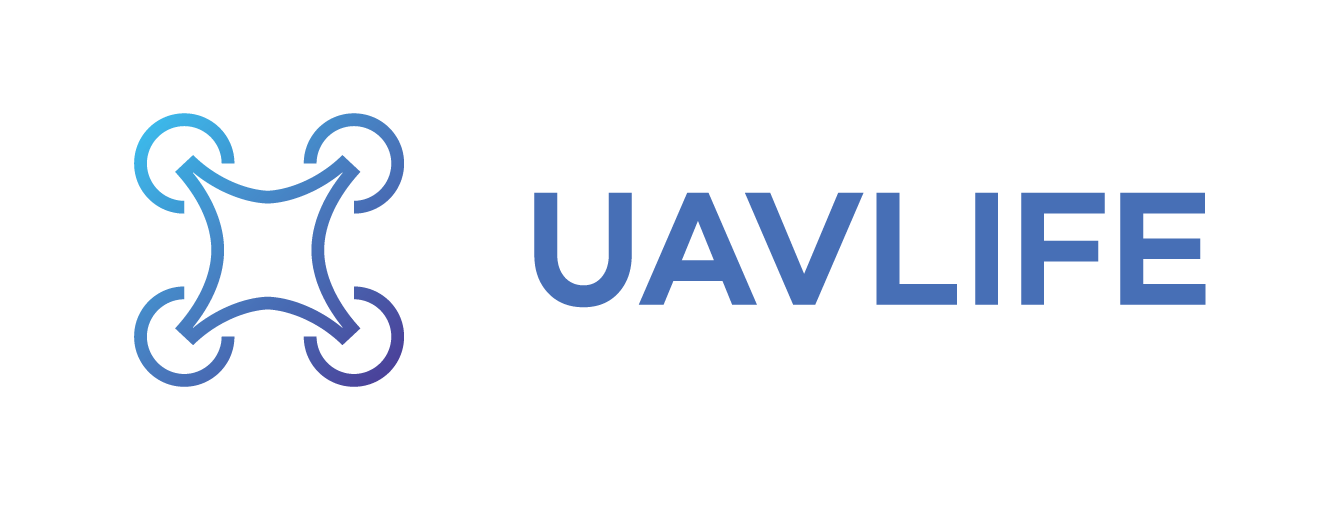Outputs
Project outputs
Outputs in practice:
- Unmanned Aircraft System (UAS), which can be used to transport material,
- ICT systems for UAS needs,
- Means of transport management system and its architecture,
- Prototype of an aircraft,
- Prototype module for cargo transport,
- Algorithms for the management of a group of autonomous aircraft,
- Digital twin group of a group of autonomous aircraft,
- Biodatabanks of samples transported by UAV,
- Transportation model for different types of biological material,
- Business model for UAVs in the transport of biological material in real conditions,
- Efficient UAS drive,
- Automated base for UAS.
STU:
- Means of transport management system and its architecture,
- A comprehensive set of test results for individual modules and control algorithms,
- A prototype of the designed system,
- A set of optimization measures,
- A kite prototype of the aircraft,
- Results from comprehensive tests of the proposed aircraft,
- Prototype module for cargo transport,
- Prototypes of modules for localization, navigation and energy functions,
- Prototype of UAV modules interface.
UNIZA:
- A software platform for the management and coordination of a group of autonomous aircraft,
- Algorithms for controlling of a group of autonomous aircraft,
- Digital twin (a virtual representation) of a group of unmanned autonomous aircraft,
- A mobile laboratory for monitoring, tracking, identifying and enforcing control of a group of UAVs as well as any intruders.
MGA:
- Creating a set of optimal laboratory procedures allowing fast and efficient sample processing,
- Establishing of a biodatabank of samples transported by UAVs,
- Optimal transportation model for different types of biological material, including determination of different aspects of its transportation:
- determining the effect of changes in pressure, temperature and vibration on the monitored parameters in biological samples,
- defining the conditions in which it is possible to transport samples without changing or losing the examined markers,
- determination of the effect of transportation on individual types of samples, specifically blood, urine, tissue specimen and bacteriological swab,
- determination of the maximum flight time during which the sample remains unchanged,
- design of a business model for an efficient and sustainable way of using UAVs in the transportation of biological material in real conditions.
Aerobtec:
- Design of highly efficient vector control algorithms for UAVs,
- Design of a frequency converter of the propulsion system allowing energy recovery,
- Comprehensive tests of the designed propulsion,
- Power supply charging and monitoring system module,
- UAV and automated base communication interface module
